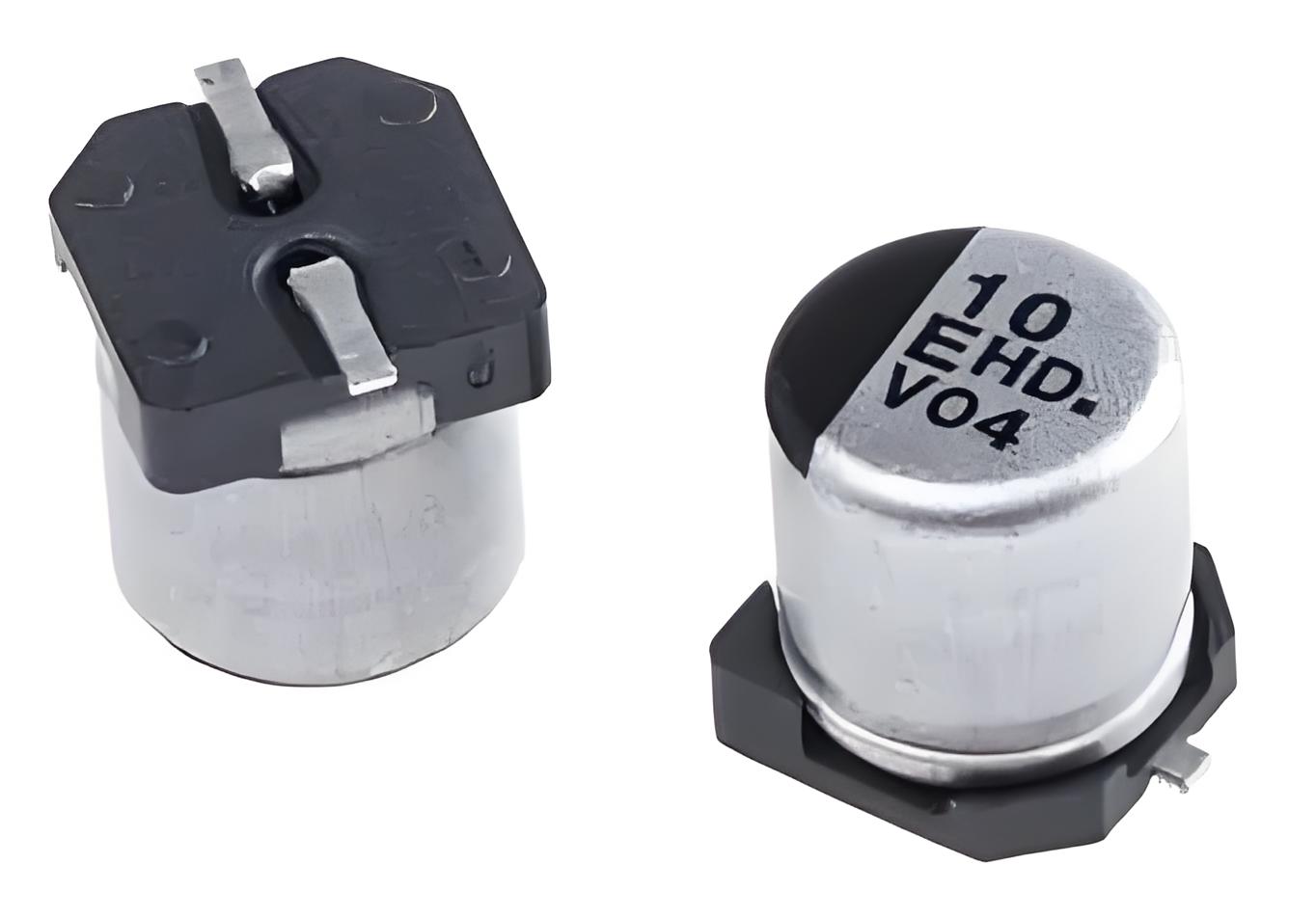What is the purpose of a capacitor and why would you want to have one or multiple on a circuit?
In circuit design, using multiple capacitor values can achieve more comprehensive circuit performance optimization.

Improved Filtering Effect
Using capacitors with different capacitance values can filter out noise at different frequencies. A large capacitor removes low-frequency noise, while a small capacitor eliminates high-frequency noise. When used together, they can adapt to both high and low frequency filtering needs, improving the filtering effect.
Preventing Skin Effect
Multiple capacitors in parallel can increase the surface area of the conductor, helping to prevent the skin effect, which is a phenomenon where the current density inside the conductor gradually decreases and the current density on the surface gradually increases as the signal frequency increases, resulting in a decrease in the equivalent cross-sectional area of the conductor and an increase in impedance.
Improve Circuit Reliability
Multiple capacitors in parallel can reduce the equivalent impedance of the capacitor, improve the reliability of the filter circuit, and extend the service life of the capacitor, especially in high-frequency filtering and switch power supply parts. Using small-capacity ceramic capacitors instead of electrolytic capacitors can significantly increase the lifespan.
Energy Storage and Bypass Function
Large capacitors store energy and can provide or absorb it during power voltage fluctuations, maintaining circuit stability; small capacitors act as bypass capacitors, offering an AC path for signals to shunt out unwanted energy that could enter sensitive areas.
Decoupling Effect
Multiple capacitors can be used for power decoupling, which reduces the impact of power noise on circuits, especially in digital circuits. Decoupling capacitors can effectively avoid high-frequency harmonics, line crosstalk and other issues, improving circuit stability.
Cost-effectiveness
By reasonably selecting and using capacitors with different capacitance values, it is possible to effectively reduce costs while meeting the performance requirements of the circuit. For example, in a circuit that needs to filter out multiple frequency noise, using multiple capacitors with different capacitance values may be more economical than using a single high-value capacitor.
Meeting the Needs of Complex Circuits
In complex circuit designs that include multiple integrated circuits, high-speed switching circuits, and power supplies with long leads, using multiple capacitors can better adapt to the different parts of the circuit's varying demands for capacitor performance, thereby improving the overall circuit performance.
Improve Power Quality
Multiple capacitors connected in parallel can reduce the impact of instantaneous fluctuations in the power supply on the circuit, especially when the power supply is introduced into the circuit. The power supply voltage is not constant and contains a lot of noise. Using multiple capacitors can better filter out these noises and improve the quality of the power supply.
The Electricity Encyclopedia is dedicated to accelerating the dissemination and application of electricity knowledge and adding impetus to the development and innovation of the electricity industry.













